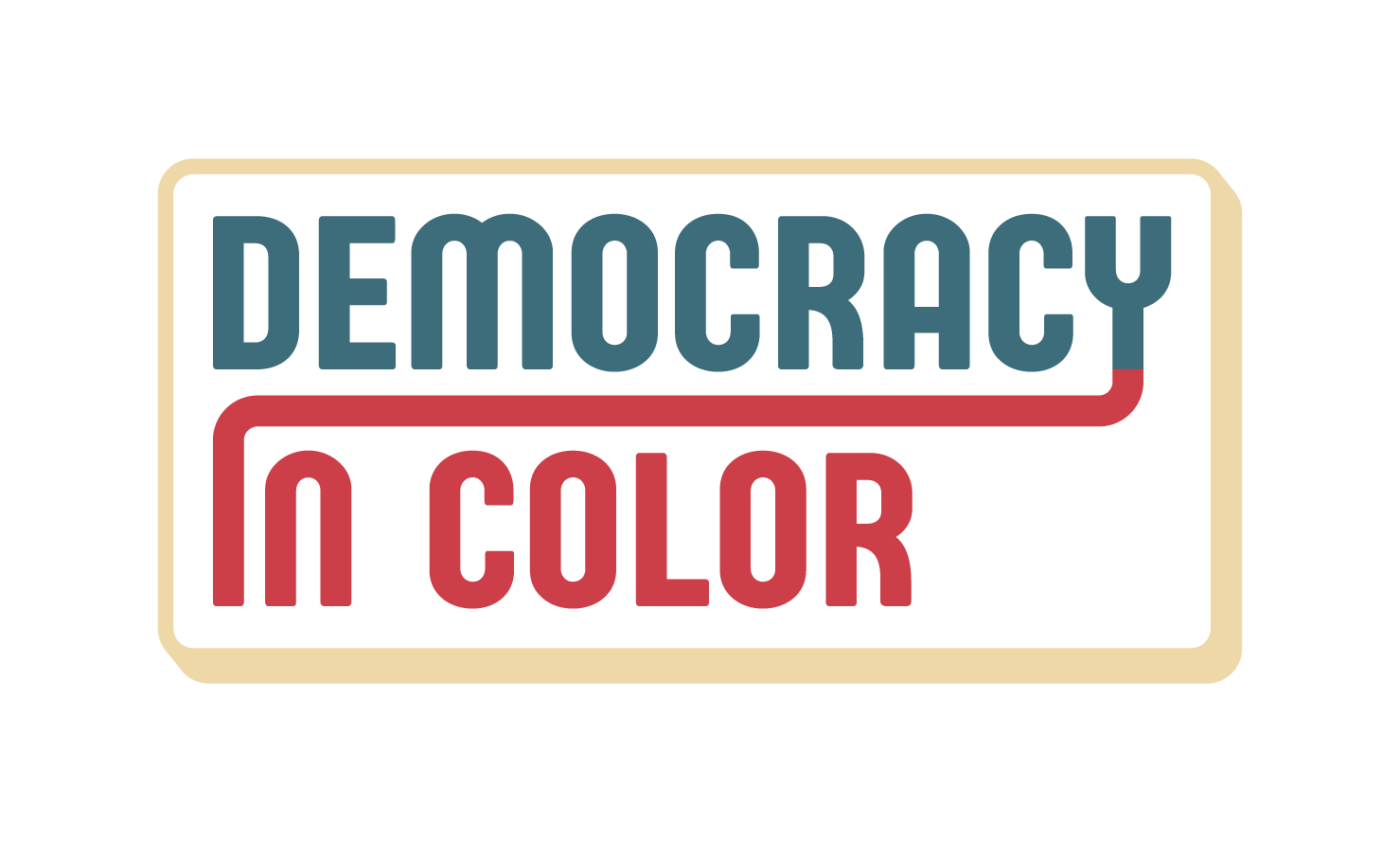Since Democratic Party committees operate in a competitive context, there should be mechanisms that allow campaigns to share information while minimizing the risk that a competitor will gain access to sensitive data. Accordingly, our report cards disclose overall rating without revealing such information. Here, we describe the kinds of factors that we consider in developing our ratings for each report card component.
Background: What Is the Role of the DSCC?
In the 2015-2016 electoral cycle, the DSCC is playing a leadership role in the following aspects of Senate races: recruiting candidates, fundraising, opposition research, and targeting. These functions are centralized at the DSCC; of course, each Senate campaign also does its own fundraising.
The DSCC report card focuses on the key, high-leverage roles that the DSCC can play in making sure that we maximize the potential of voters of color to help Democratic Senate candidates win. This current report card hones in on what the DSCC is doing right now related to engaging voters of color.
The activities that are included in this current report card are:
Staffing
The cultural competence and knowledge of specific racial groups of the DSCC staff shapes their thinking on many aspects of strategy and execution. Our team gathered information about the racial backgrounds of the DSCC’s staff.
Consultants
Sometimes the DSCC uses its resources to directly engage consultants to do work for specific Senate campaigns. Our team gathered information about the racial mix and cultural competence of the DSCC’s consultants.
Resource Allocation
Because the DSCC plays such a central role in fundraising, it has a decision-making role in some key resource allocation decisions for the campaigns it invests in. One of the most important decisions it makes is the relative balance of investing resources in “ground game”—direct outreach to voters and investing resources in paid media. We believe that campaigns have historically overinvested in paid media, which targets frequent voters, who are more likely to be white and more likely to need to be persuaded to vote for a Democrat. Campaigns have historically underinvested in the ground game, which is a method of turning out voters who are more likely to vote Democrat, but may not vote at all. These voters are also more likely to be people of color. Given the composition of the electorate in many states, sufficiently investing in the ground game is a critical element to winning. The DSCC has an opportunity to bring a smarter, more effective balance to resource allocation in key states. Our team examined evidence related to how they are doing in this area
Here are some high-leverage activities that are not happening right now so are not included:
Recruitment
The phase of candidate recruitment is completed, and so is not included in this report card (although we may include it in our final report card for the 2016 cycle).
Modeling and Targeting
Another high-leverage activity the DSCC engages in is targeting for the Senate campaigns. It provides modeling data that each campaign uses to help determine which voters to focus on. This modeling data is in the final completion stage. We plan to include it in our next report card. We very much hope the modeling provides data that helps the Senate campaigns maximize their potential to include voters of color in their strategies and to reach them effectively.

